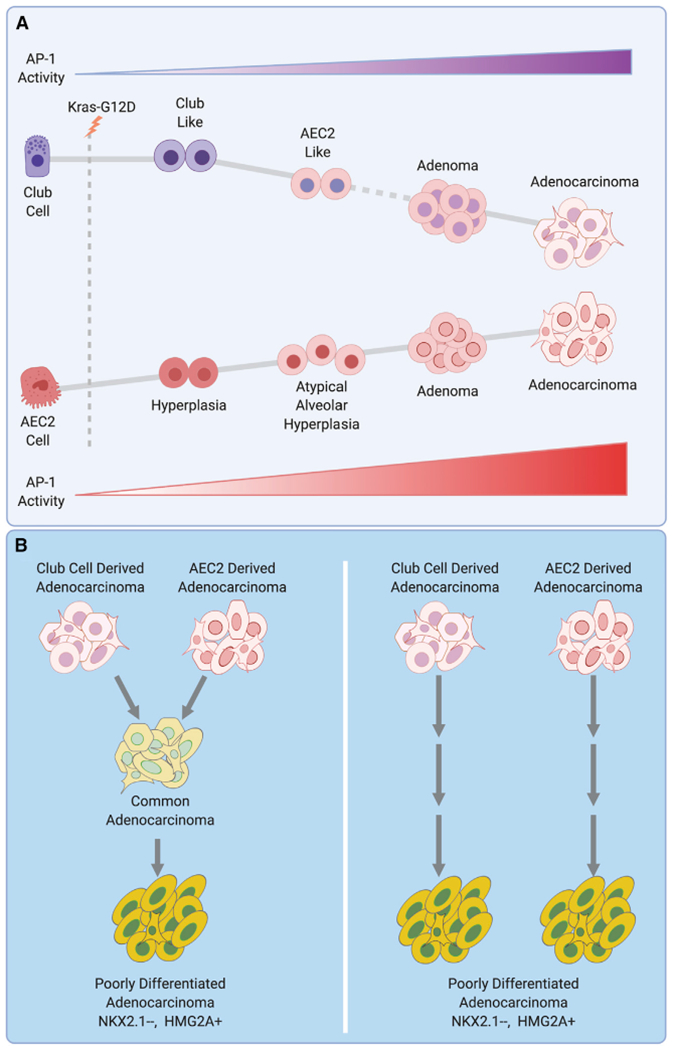Figure 1. Tumor progression from cells of origin.

(A) A model of mutant Kras-induced tumor progression from club cell and alveolar type 2 pneumocyte (AEC2) is shown. Dashed line represents an assumption that the AEC2-like cells progress to adenomas. Cell states maintain the overall identity of their cell of origin. Activity of AP-1 transcription factor complex is low in normal club and AEC2 cells but progressively increases as cells transform toward adenocarcinoma. AP-1 activity is higher in AEC2-derived tumors.
(B) Two models of progression from differentiated adenocarcinomas to poorly differentiated adenocarcinoma. Left: adenocarcinomas derived from club and AEC2 cells converge on a common cell state that progresses to aggressive poorly differentiated adenocarcinoma with NKX2.1 loss and HMGA2 gain. Right: differentiated adenocarcinomas from club and AEC2 cells progress to poorly differentiated adenocarcinoma in parallel. The resulting aggressive tumors may still maintain characteristics of their respective cell of origin. Figure created with BioRender.com.
